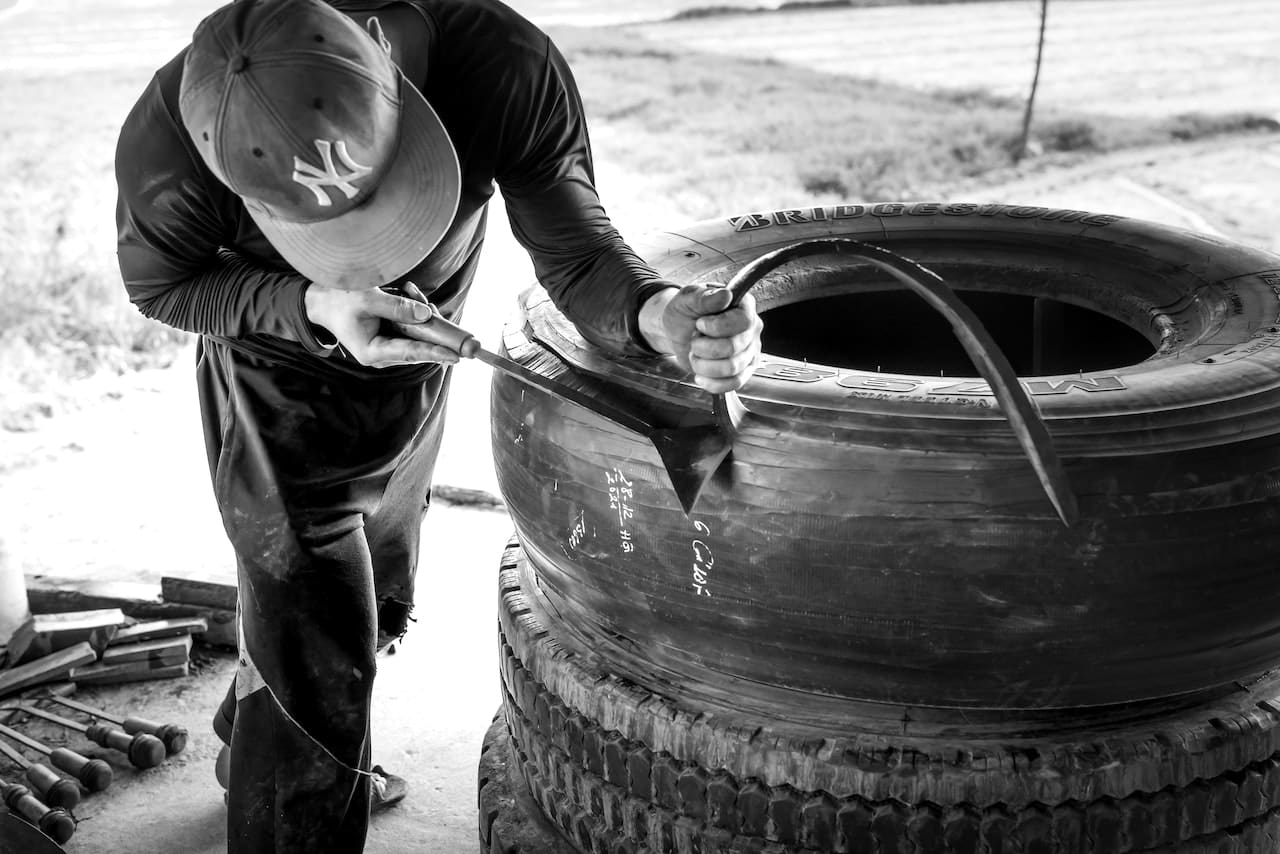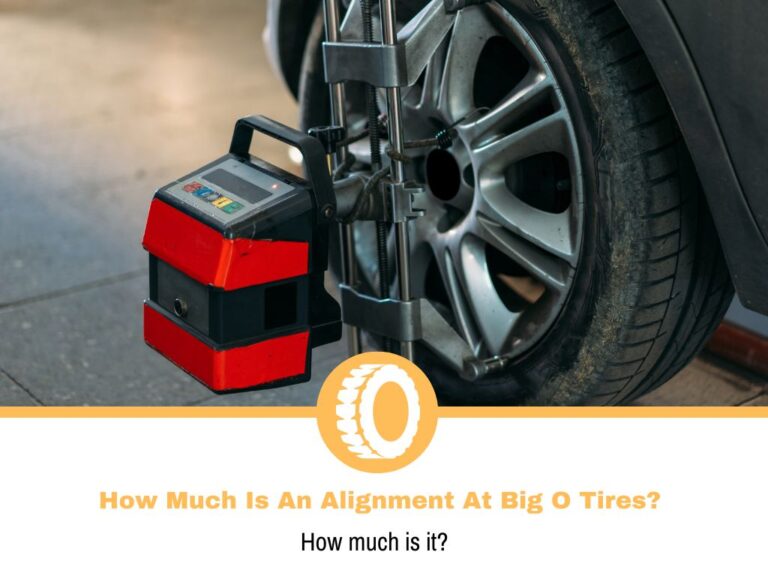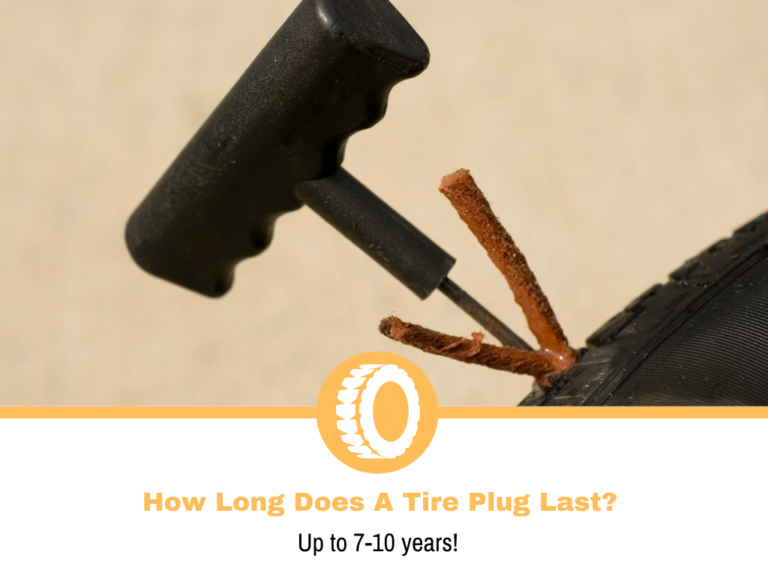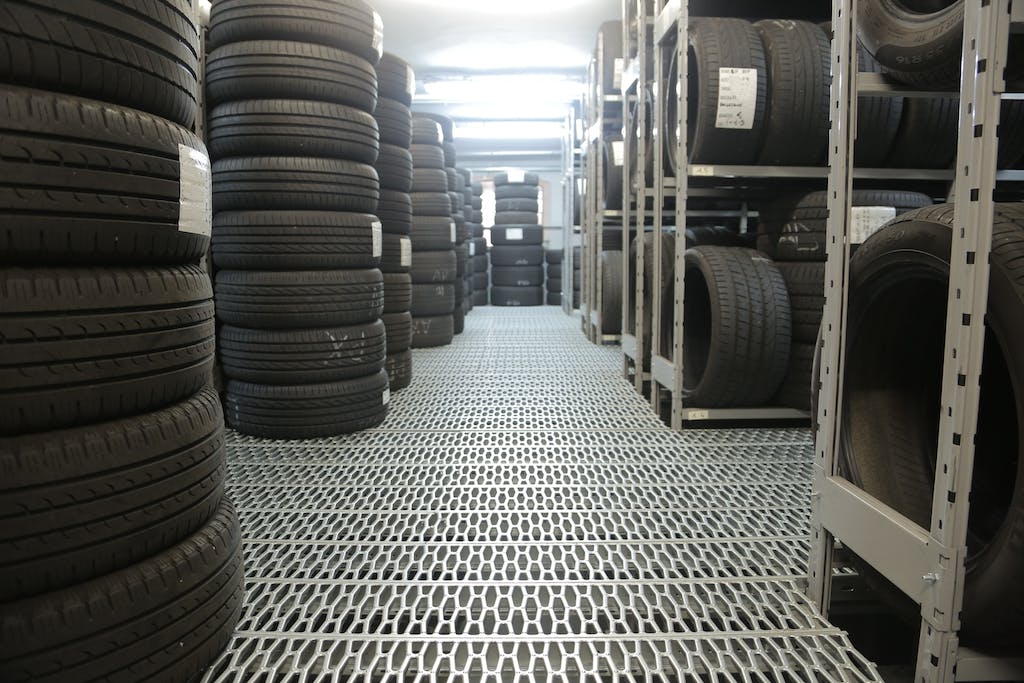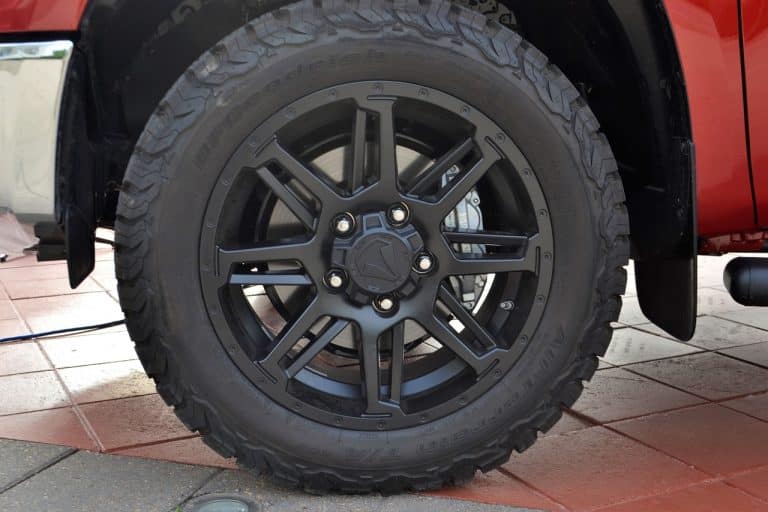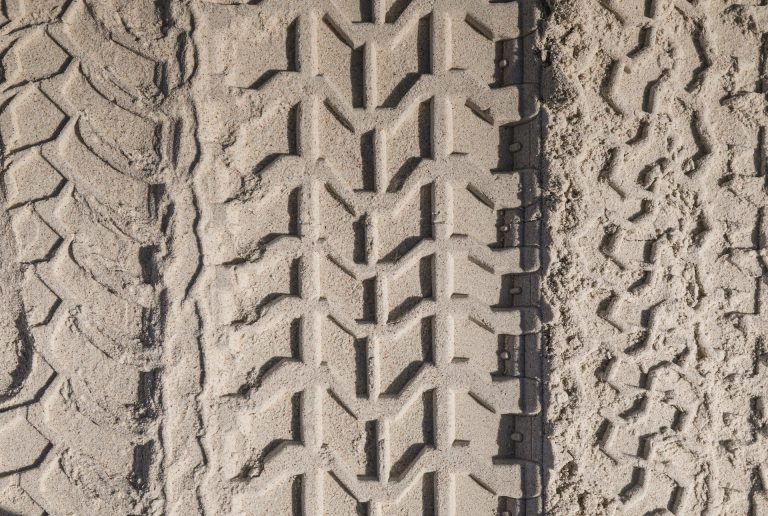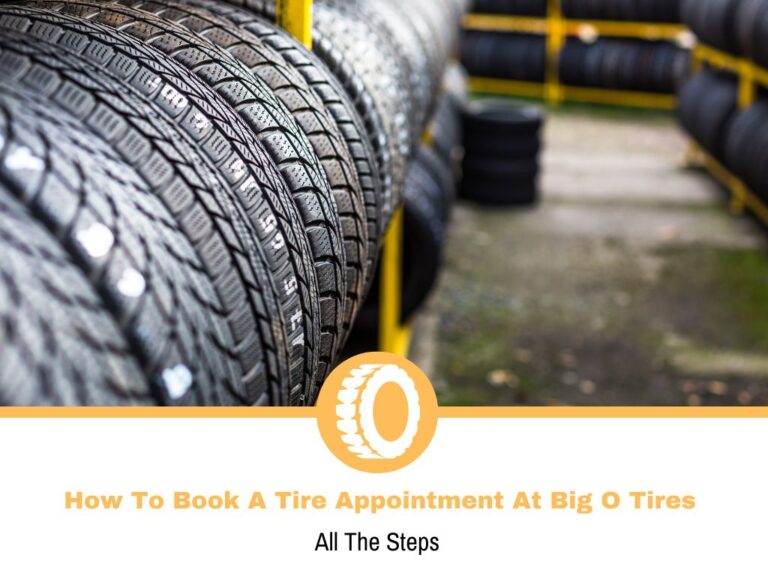Retreaded vs. New Tires
Every now and then, I decide to write a controversial topic that would make many “experts” angry. Often people make compromises to save a few dollars, which is fine, as long as safety isn’t compromised. When it comes to tires – there shouldn’t be any compromises.
A car consists of several key elements that can guarantee your safety and the tires are among the most important ones. You know the drill, they steer, brake, and keep any vehicle in check, so they need to be healthy.
Considering everything that’s been going on in the world, prices have gone up. Many of us were forced to look for cheaper alternatives to things we would normally buy. Among the many things that people seem to save money on are tires.
I spoke about used tires, which is a common approach, and today’s topic is similar. To avoid paying a lot for a new set of tires, people have popularized retreading.
In this guide, I’ll compare how retreaded tires fare against new ones and if it’s something you should consider.
Retreaded vs New Tires
Even though retreading has some advantages when compared with new tires, it’s not an option I can recommend as a good one. Yes, retreading gives back some life into the tires and you can use them for a while. Some safety concerns should be considered before you take this approach.
There are situations where retreading can help you save money. While doing so, you won’t have compromised your safety. As a bonus, there is something similar to retreading that I’d say is a better option, but it’s a slightly more expensive one.
What is Retreading?
Retreading is a process that sometimes gets confused with resiping, so let me set the record straight. The process of retreading is where a shop takes a worn-down tire, prepares it, and applies a new layer of tread. The process isn’t as simple as slapping a new tread on your “slick” tires, so let’s see how it’s done properly.
Before I explain, here’s something to note. This is the simplest explanation of the process. It involves a few more steps and procedures, but for the sake of this guide, this should be enough to get you acquainted.
The process starts with taking the tires to a shop certified for this process. A technician will inspect the tire visually for any noticeable damage and send it off for testing. There are special machines that test the structural integrity of the tire to ensure that the inner parts are fine.
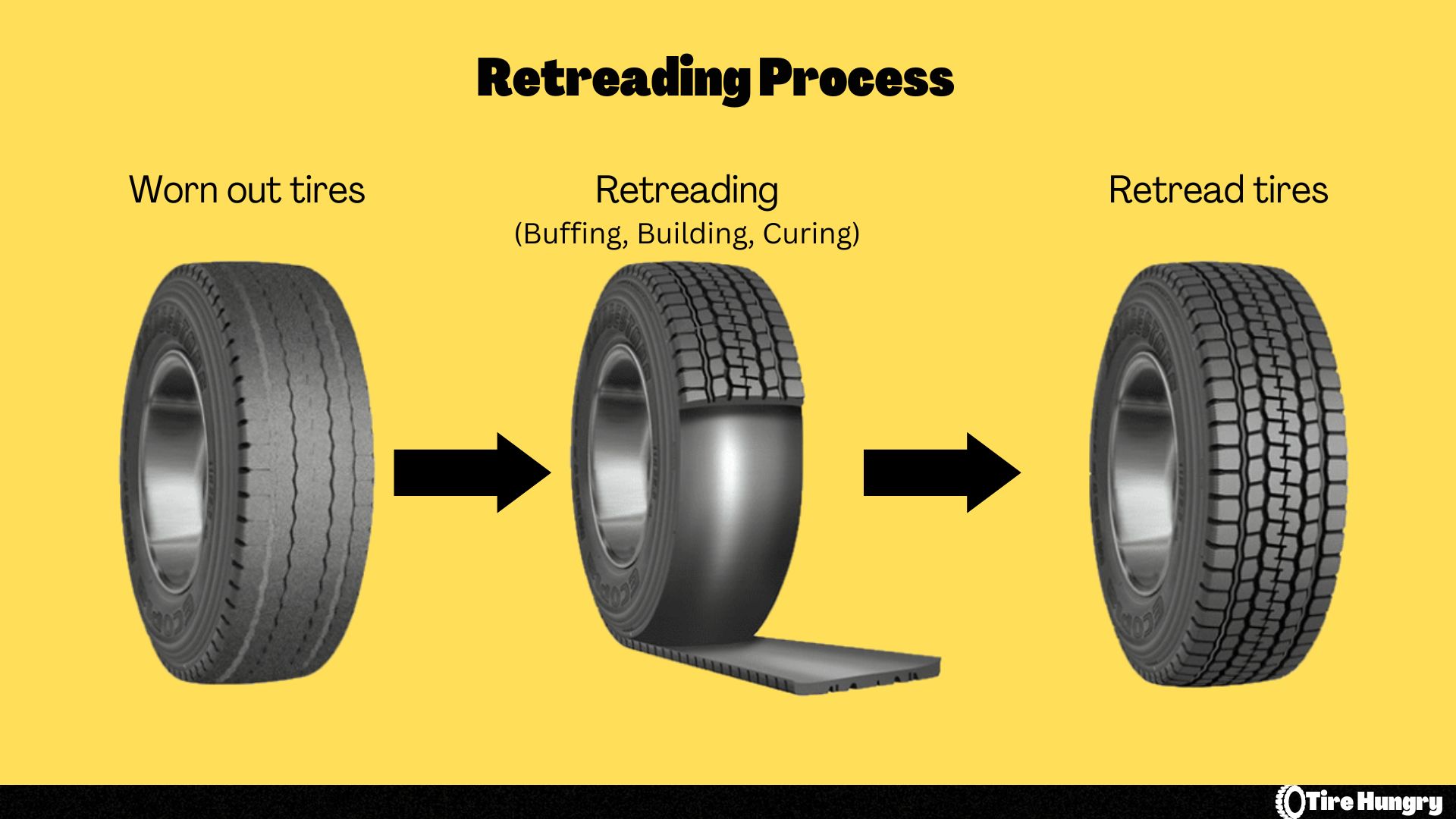
Once the checking process is complete, the tire gets written off as garbage or goes to the next step. You can have some minor scuffs and scrapes which can pass this process, some of which can even be repaired. As long as we’re not taking some major damage to the bead or the sidewall, the tire should be good for retreading.
The next process is removing the tread. A machine takes the used tire and removes the tread to a point where it reaches the inner parts of the construction. Once the process is complete, a machine applies the new tread. The reason a machine does this is that everything needs to be very precise. Machines use lasers to position things as perfectly as possible.
A technician will make a visual inspection after everything is completed. The final test is to have the tire fitted to a wheel and check its balance.
Pros of Retreading
Many people are considering retreading due to the price. Compared to a new tire you are looking at a saving up to 50%, depending on the circumstances, which I’ll explain later on in this guide. This is because unlike producing a new tire, with retreading, there’s less material used.
The internal construction and sidewall remain the same, so only the tread is new. It means that the process is cheaper and, with only a portion of the rubber used, companies cannot charge as much as a new tire.
Whenever a tire gets retreaded, the performance it will offer is similar to a new tire. There might be some differences, but we can call them marginal, at least to a point where we’d be splitting hairs. A new tire could be slightly better, but for your daily routine, it won’t make a massive difference, especially when you consider the price.
In recent years, an advantage that some people usually mention is the environmental factor. Not everyone recycles or reuses tires, so there are plenty of landfills with old tires. Going for retreading means that the waste will be only the part of the tire that gets shaved off, and the rest remains in use.
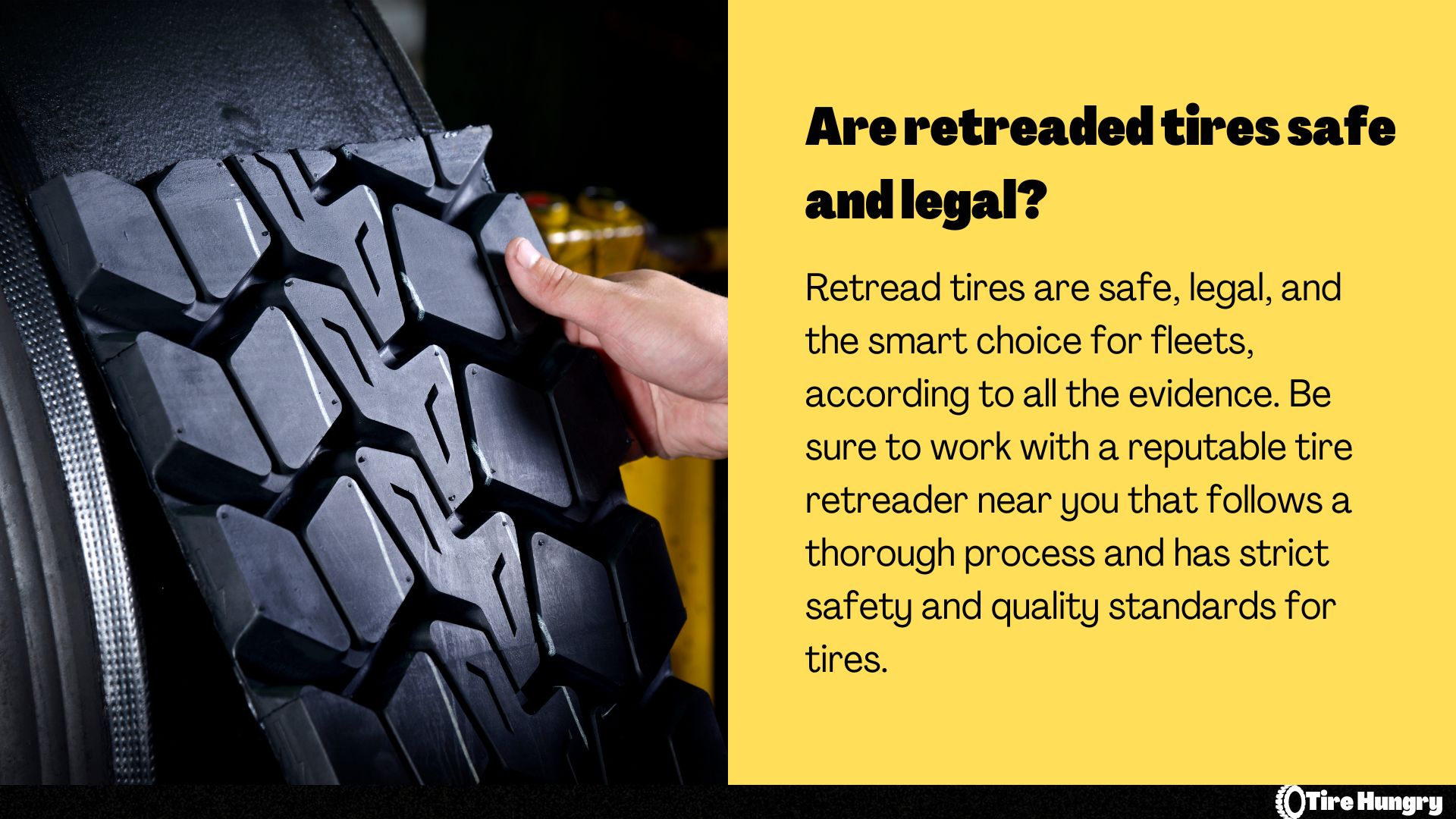
Cons of Retreading
Retreading comes with drawbacks and tire age is crucial. The new tread will have new rubber, so that part of the tire is good. On the other hand, everything else remains the same old tire you purchased a while ago. This can become problematic, especially if we’re talking about older tires.
Tire age is a real thing, and after a while, they become useless and unsafe. This applies more to the tread as it’s responsible for performance. With that said, the sidewall isn’t excluded from this, so it becomes a weak point. Regardless of how much the tire was tested, old rubber is old rubber and it will begin to crack.
As good as the testing process is, there’s always going to be the possibility of the construction failing. Remember, you’ve been driving the tire for a while and that construction isn’t designed to last forever. All it takes for a steel belt to lose its integrity and you’ll be off buying a new tire.
When Should you Consider Retreading?
Here’s the thing, if you’re interested in retreading for a passenger car, then you shouldn’t. Yes, it’s a more affordable process, but only if we’re talking about larger and more expensive tires. Retreading is something that’s used for commercial purposes.
The tires for those vehicles are longer lasting and get driven a lot more than what a regular car drives. Even if you rack up a lot of miles in a passenger car, the price difference for those tires isn’t worth it.
When we talk about commercial use, even with vans that drive “normal” tires, retreading isn’t the worst thing you can do. A van can drive 80, 90, or maybe even 100 thousand miles in less than 2 years. This means that the rubber on the tire is new, but the tread is worn down. In this situation, retreading is a solid option as you’re still driving a new-ish tire, but with a completely new tread.
It’s the same story with trucks, and anyone that’s ever driven one will confirm this. Truck tires can get retreaded several times before getting sent off for recycling. In this case, the cost advantages are massive, so most companies opt for this solution.
Is There a Better Option than Retreading?
There is another option that I would say is better than retreading and that’s remolding. It’s a very similar process to retreading, but the biggest difference is where the new rubber is applied.
With retreaded tires, the new rubber is applied only to the tread area. On the other hand, remolded tires get new rubber on the sidewall as well. This process covers everything from one bead to another, so you can say that the tire gets a fresh coat of rubber.
The main reason I say that this is a better option than retreading is that it covers one of the disadvantages. When a tire is remolded, the old outer rubber gets stripped even from the sidewalls and beads. A machine covers the entire tire with new rubber and tread, so this is as close as you can get to a new tire.
Yes, the internal construction is the old one, but with new rubber over it, it’s a slightly better option. Don’t get me wrong, it’s still technically a used tire, at least on the inside.
Another thing to consider is that remolding is a bit more expensive than retreading. A tire shop will use more rubber to cover the sidewall, so don’t expect this to be a cheaper alternative.
How do Retreaded or Remolded Tires compare With New Ones?
If we put 3 tires from each category and compare them, we probably won’t notice a massive difference. All 3 will perform similarly with some marginal differences. In this regard, I’d call it a 3-way tie.
When we talk about construction and longevity, we see some differences. A new set of tires will probably outlast a set of retreaded or remolded tires, especially if these two are older. As good as the process is, it’s not comparable to a new set of tires fresh from the oven.
Financially, I can understand why some may consider retreading or remolding, but it’s not for everyone. In commercial applications, it can make a difference and spare the company a new very expensive set every year or two. For your minivan? It’s not worth it.
Conclusion
Retreading or remolding aren’t the most dangerous things you can do to your tires. Are they the best? It depends on the situation.
In both situations, you’re getting a new tread, so you should expect a bump in performance. With remolding, you’re getting a new sidewall, so a bump in longevity should be expected. Regardless of which option you go for, you’re saving money when compared to buying a new set of tires.
With that said, retreading and remolding aren’t something that all of us should consider. Yes, it’s cheaper, but it’s worth it for commercial purposes. For a passenger car that barely gets 20 thousand miles per year, it’s not worth it. Not only will you reach a point where the tire is too old, but the price difference also won’t be that big when compared to a new set of tires.
I always preach that new tires are the best. The problem is that in commercial use, new tires are a very expensive investment. This is the main reason retreading and remolding exist and some companies consider them.
